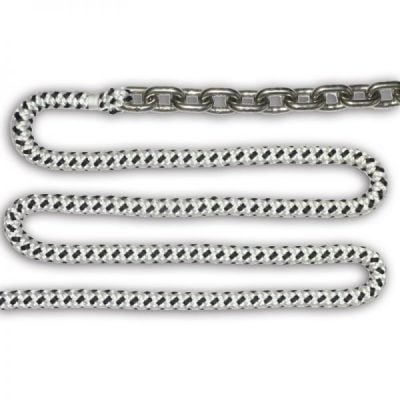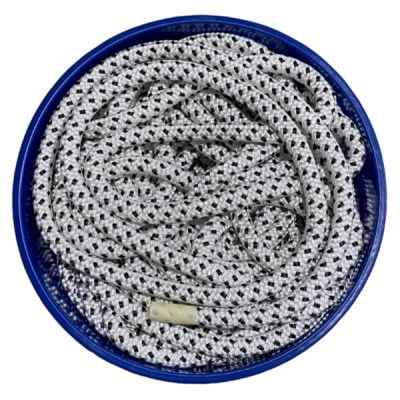Summer is the perfect time to go boating, but before setting sail, it’s important to thoroughly inspect your rode kit. A properly maintained rode kit ensures your anchor holds firm when you need it most, keeping your boat secure and your adventures stress-free. Let’s understand how to inspect your rode kit before your summer boating adventures begin.
What Is a Rode Kit
If you have just recently started boating, then it’s important to understand common nautical terms like rode kit. A rode kit includes your anchor, chain, and rope. It’s an important setup that helps keep your boat properly anchored in place. Over time, the elements can wear down your gear even if it’s stored away for months. This is why it is essential to inspect your rode kit before a boating trip.

Check the Anchor
Start by inspecting the anchor. Take it out from the storage and look closely for any signs of rust, corrosion, or cracks. Galvanized and stainless steel anchors are more durable, but nothing lasts forever. This is why it is vital to check it thoroughly. Make sure the shank and flukes are intact and haven’t become thin or bent. If you notice any such issues, you should not ignore them, as a damaged anchor won’t hold your boat properly.
Inspect the Chain
Check the chain that connects your anchor to the rope. The chain often suffers damage, especially if you anchor in rocky and salty environments. To inspect it, lay the chain out fully and look for signs of rust, corrosion, cracks, stretching in the links, and metal fatigue. Pay extra attention to the connecting point, like the shackle that links the chain to the anchor. Make sure all shackles are properly secured with a safety wire or other locking mechanism. If you feel that any part of the chain has become weak or worn out, then replace it quickly instead of risking your boat’s safety.
Examine the Rope
The anchor line, which is also known as the rode and rope, is an important part of the rode kit. Check it properly and see if there are any signs of fraying, discoloration, stiffness, or rot. Pay special attention to joints and knots, which are common stress points. Give the rope a stretch test to see if it is too brittle or stiff and needs replacement. While people typically use nylon ropes as they are strong, flexible, and resist UV damage; these ropes can still become weak over time and may need replacement.
Test the Rode Length
Check the length of the rode. According to the general rule, there should be a 7:1 ratio of rode to water, that is 7 feet of rode for every 1 foot of water depth. Make sure you’ve got enough length for areas in which you plan to anchor your boat. If your rope and chain fall short for certain areas, consider getting an upgrade before going on your next trip.

Practice Deployment
It’s always better to do a quick anchor drop test. Lower and retrieve your anchor to make sure the entire rode goes smoothly without tangling. Doing this helps find out beforehand whether any part is sticking or jamming, giving you the chance to fix it.
Once you’ve inspected every part of your rode kit, coil the rope and secure the chain and anchor in a dry place, away from direct sunlight. This helps prevent wear and keeps your rode kit ready for your next trip. If you are looking for high-quality rode kits in Florida, then visit the AnchorLift website today. We offer reliable anchoring solutions that can help keep your boat safe and secure on the water.

